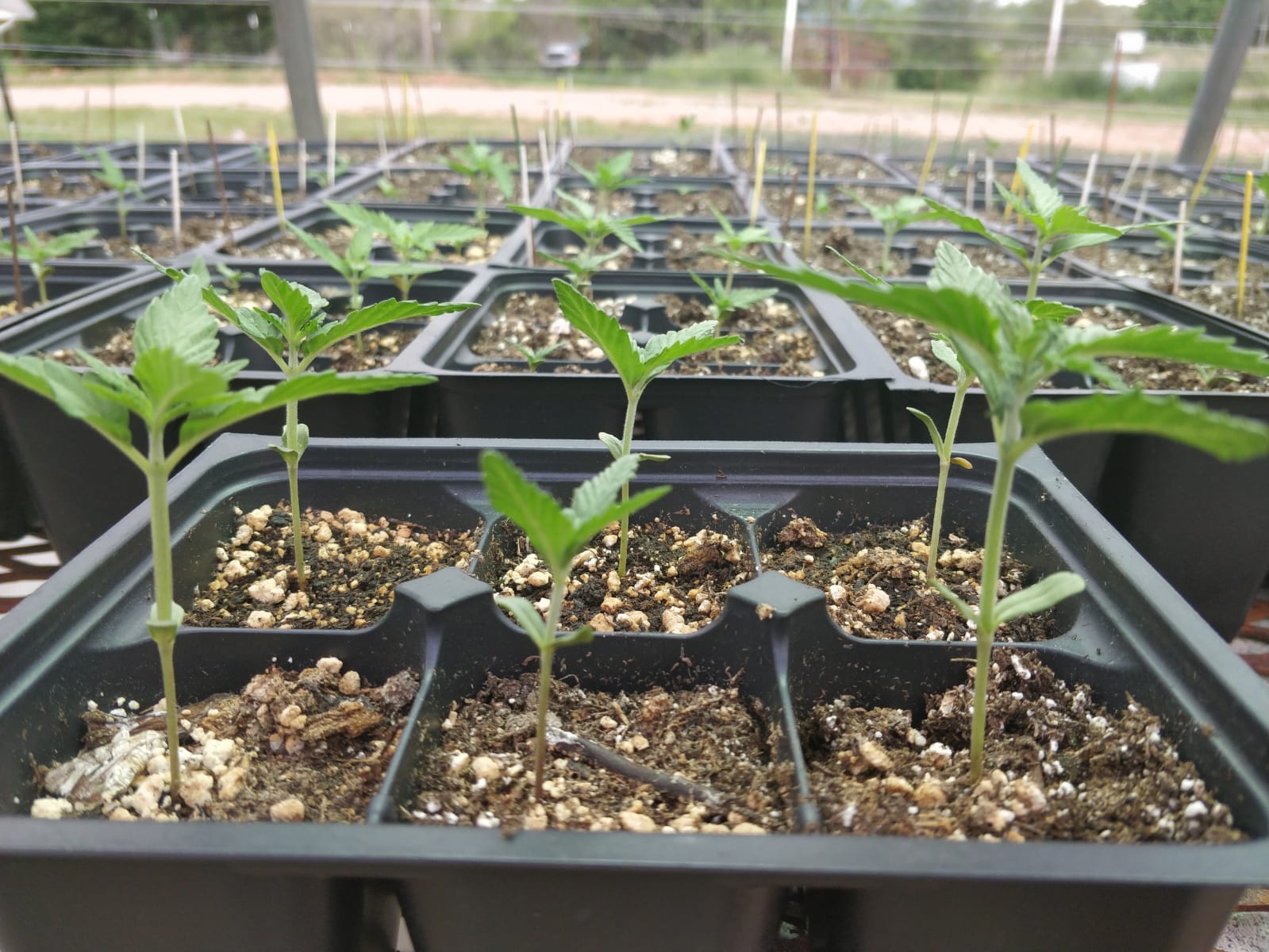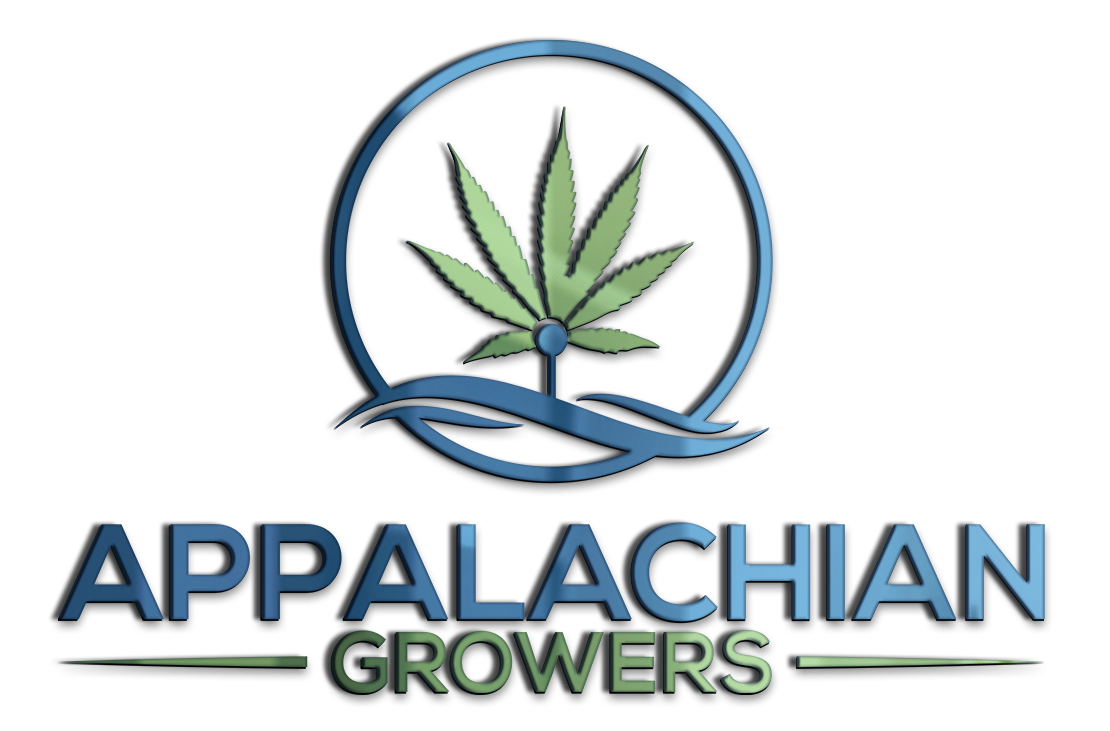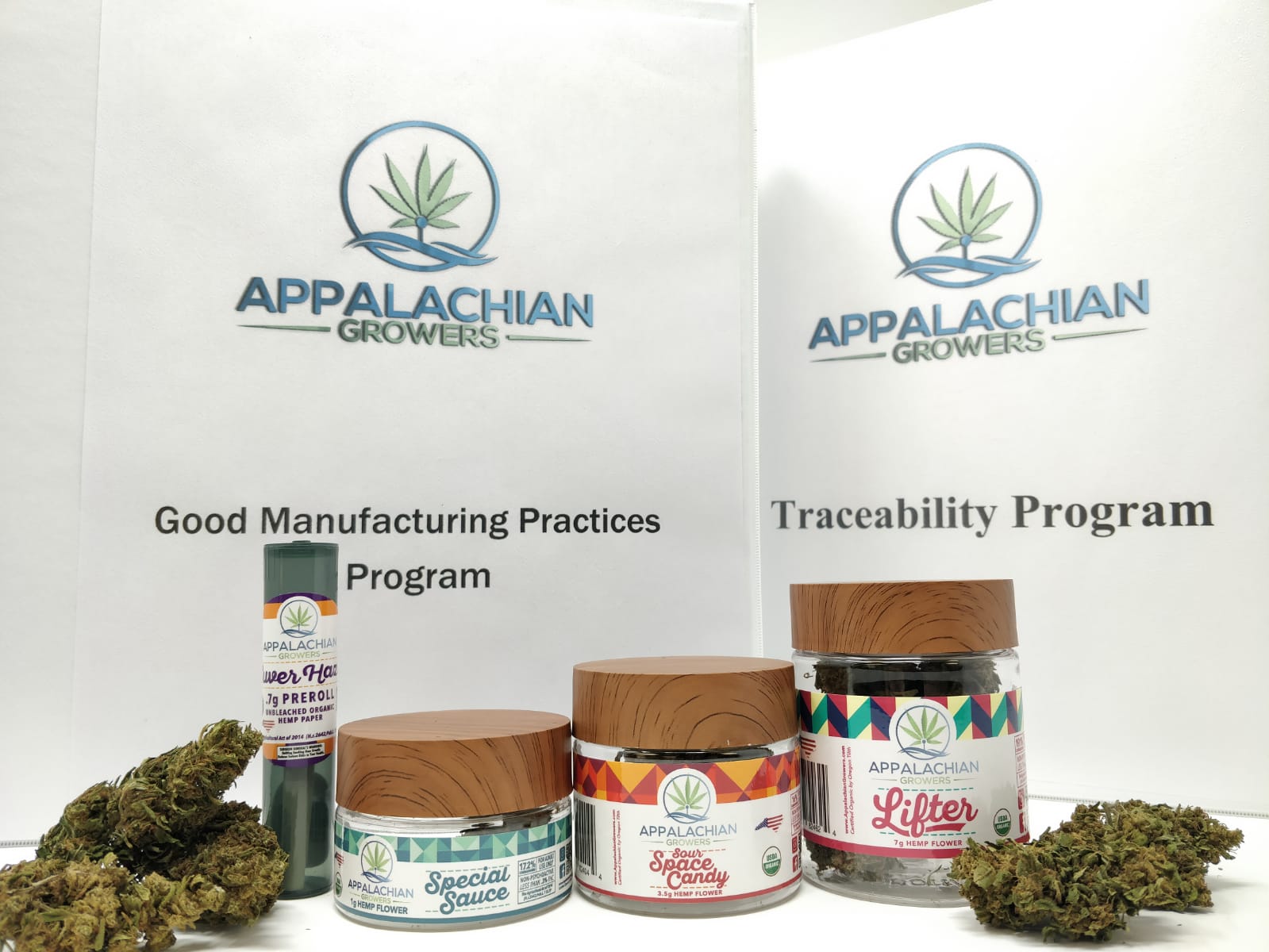
All about CBG

Intro to CBG
This growing season, we are so excited to introduce the cultivation of hemp for a new cannabinoid in our farm: Cannabigerol (CBG). Although CBG did not start gaining mass popularity until the end of 2019 (partly because of its non-traceable THC levels), it is now being sought by many.
Much like CBD, it is crucial to know where you are getting your CBG from, to ensure the source adheres to good agricultural practices. This is one of the best ways for you to know and trust that the plants and final products have been grown and treated in a completely clean and safe environment, adhering to strict standards.
Our CBG seedlings are Oregon CBD genetics:
-
White CBG (smokable hemp flower)
-
Stem Cell CBG (top quality hemp biomass). As all of our crop, they are certified USDA organic!
CBN and CBG
The first cannabinoid that was discovered was Cannabinol (CBN), which is produced when THC is exposed (or heated) to oxygen. As THC naturally degrades in the hemp plant, more CBN becomes produced. CBN is very mildly psychoactive, and although it does not produce a high, it might make consumers just a little drowsy.
CBG, on the other hand, is not psychoactive, and is produced when the cannabigerolic acid (CBGA) becomes oxidized. CBG is considered a minor cannabinoid, and usually makes up less than 1% of the cannabis plant. Nonetheless, growing high CBG plants is now becoming available through the right genetics.
Potential Benefits of CBG
-
Like other cannabinoids, CBG is increasing in popularity as customers claim that it helps with acute and chronic pain management, as well as helps them lessen stress, anxiety, muscle tension, and neuropathic pain.
-
CBG (as well as CBD) are being studied for their potential antimicrobial, antibacterial, and anti-inflammatory properties.
-
CBG (like CBD) is also being studied for its potential epidermal benefits (skin related issues, wrinkles, etc).




Leave a comment
This site is protected by hCaptcha and the hCaptcha Privacy Policy and Terms of Service apply.